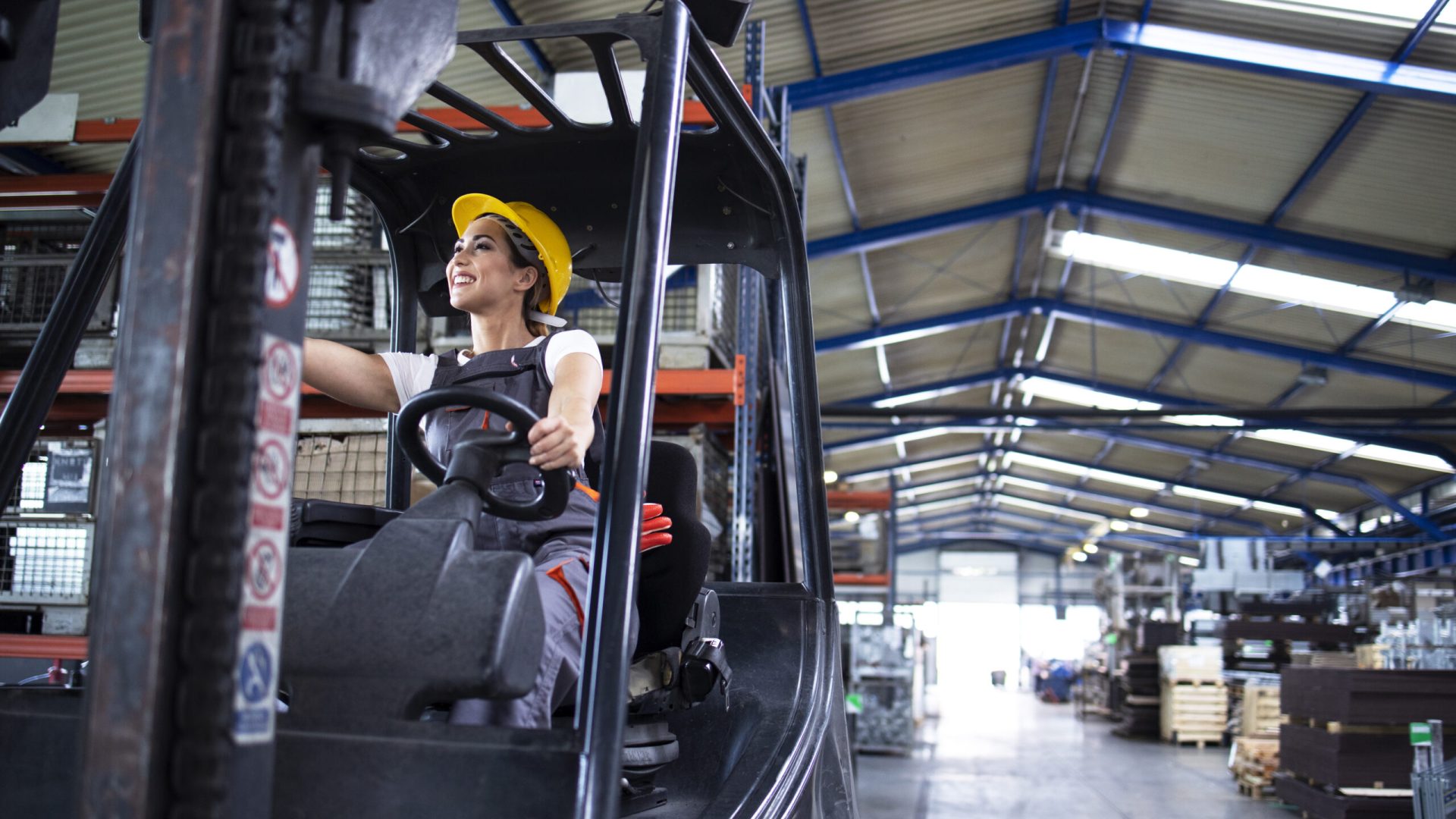
Effective Yard Management: Key Components and Best Practices
Yard management is a critical aspect of logistics and supply chain operations, encompassing the administration and control of trucks, trailers, containers, and personnel within a warehouse or distribution center’s yard. Effective yard management ensures that goods move smoothly in and out of the facility, thereby reducing congestion, improving safety, and optimizing resource utilization. The foundation of good yard management rests on three core components: having clear visibility inside the yard, optimizing processes, and regularly communicating and working together with everyone involved. This essay delves into these components, highlighting their significance and the best practices for achieving excellence in yard management.
Clear Visibility Inside the Yard
Visibility is the cornerstone of efficient yard management. Clear visibility means having an accurate, real-time view of all assets and activities within the yard. This includes knowing the location and status of trucks, trailers, containers, and other equipment.
Benefits of Clear Visibility:
- Reduced Wait Times: By knowing the exact location and status of each asset, yard managers can quickly identify and address bottlenecks, reducing the time trucks spend waiting to load or unload.
Improved Asset Utilization: Accurate visibility ensures that all assets are used efficiently. For example, empty trailers can be quickly identified and reassigned, preventing unnecessary idle time. - Enhanced Safety: Knowing the real-time movements of vehicles and personnel helps prevent accidents and ensures compliance with safety protocols.
Best Practices for Achieving Visibility:
- Implementing Technology: Use of yard management systems (YMS) with GPS tracking, RFID tags, and real-time data analytics can provide comprehensive visibility.
- Regular Audits: Conduct regular yard audits to ensure that the information in the system matches the actual yard conditions.
- Surveillance Systems: Employ surveillance cameras and sensors to monitor yard activities continuously.
Optimizing Processes
Optimization involves streamlining yard operations to maximize efficiency and productivity. This requires a systematic approach to managing workflows, reducing waste, and improving overall operational performance.
Benefits of Optimizing Processes:
- Increased Throughput: Efficient processes enable faster loading and unloading, increasing the number of trucks that can be handled within a given period.
- Cost Savings: By reducing delays and improving resource utilization, optimized processes help lower operational costs.
- Enhanced Customer Satisfaction: Timely and efficient operations lead to reliable delivery schedules, thereby boosting customer satisfaction.
Best Practices for Process Optimization: - Standard Operating Procedures (SOPs): Develop and implement SOPs for all yard activities to ensure consistency and efficiency.
- Lean Management Techniques: Apply lean principles to eliminate waste, streamline workflows, and improve process efficiency.
- Continuous Improvement: Regularly review and refine processes based on performance data and feedback to achieve continuous improvement.
Regular Communication and Collaboration
Effective yard management requires continuous communication and collaboration among all stakeholders, including yard managers, truck drivers, warehouse staff, and external partners.
Benefits of Communication and Collaboration:
- Coordination: Ensures that all activities are well-coordinated, preventing overlaps and delays.
Problem-Solving: Facilitates quick resolution of issues through collaborative problem-solving. - Employee Engagement: Engaged employees are more likely to be proactive and committed to maintaining high operational standards.
Best Practices for Communication and Collaboration:
- Regular Meetings: Hold regular meetings to discuss yard operations, address issues, and plan for upcoming activities.
- Communication Tools: Use communication tools such as radios, mobile apps, and intercom systems to facilitate real-time information exchange.
- Training Programs: Provide ongoing training to ensure that all staff are knowledgeable about procedures, safety protocols, and the importance of collaboration.
Conclusion
Effective yard management is crucial for the smooth functioning of logistics and supply chain operations. It relies on three key components: clear visibility inside the yard, optimizing processes, and regular communication and collaboration among all involved parties. By focusing on these elements, logistics managers can reduce congestion, enhance safety, optimize resource utilization, and ultimately improve overall operational efficiency. Implementing best practices in each of these areas ensures that yard management not only meets current operational demands but also adapts to future challenges and opportunities in the dynamic field of logistics.



